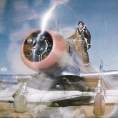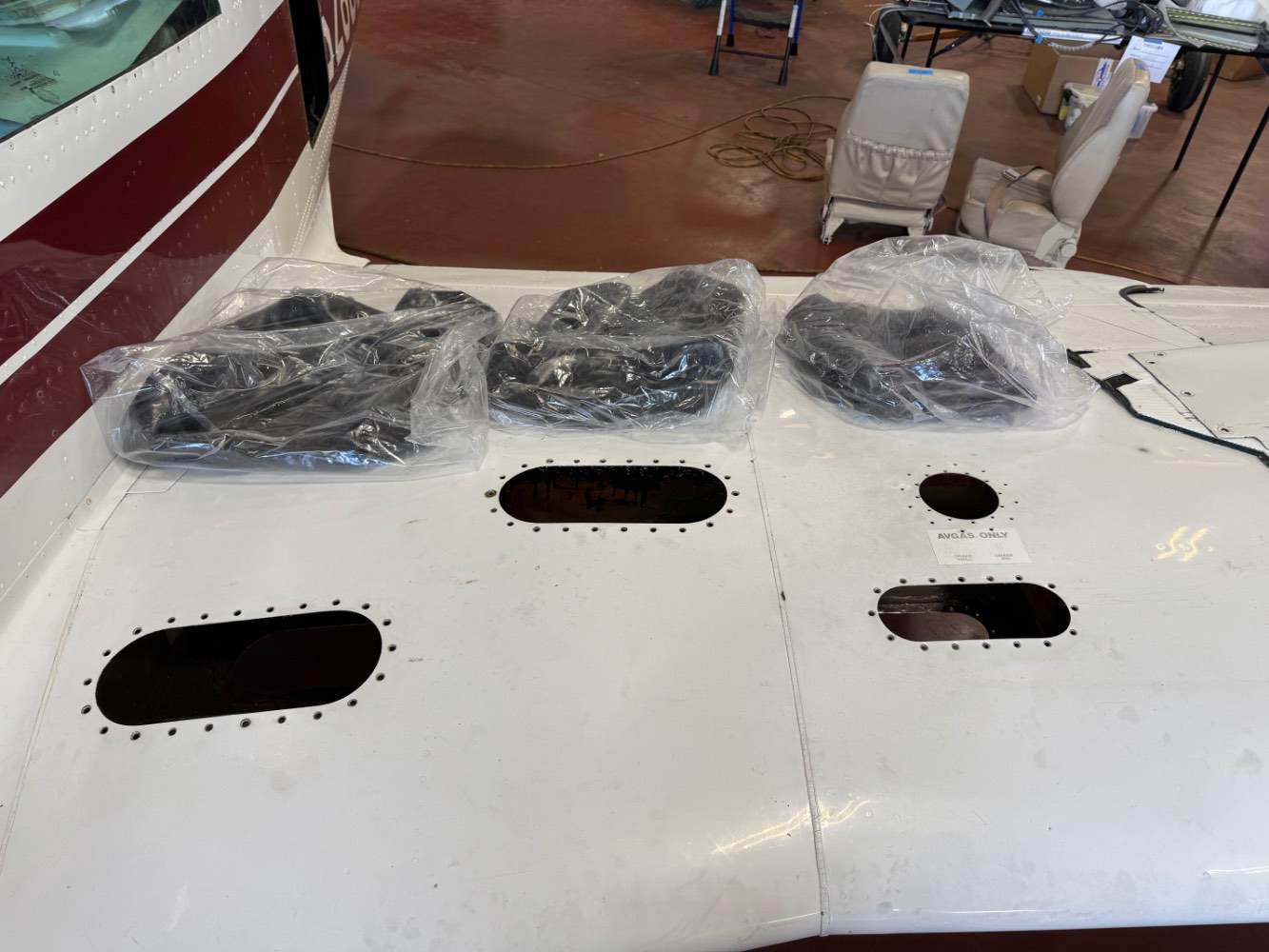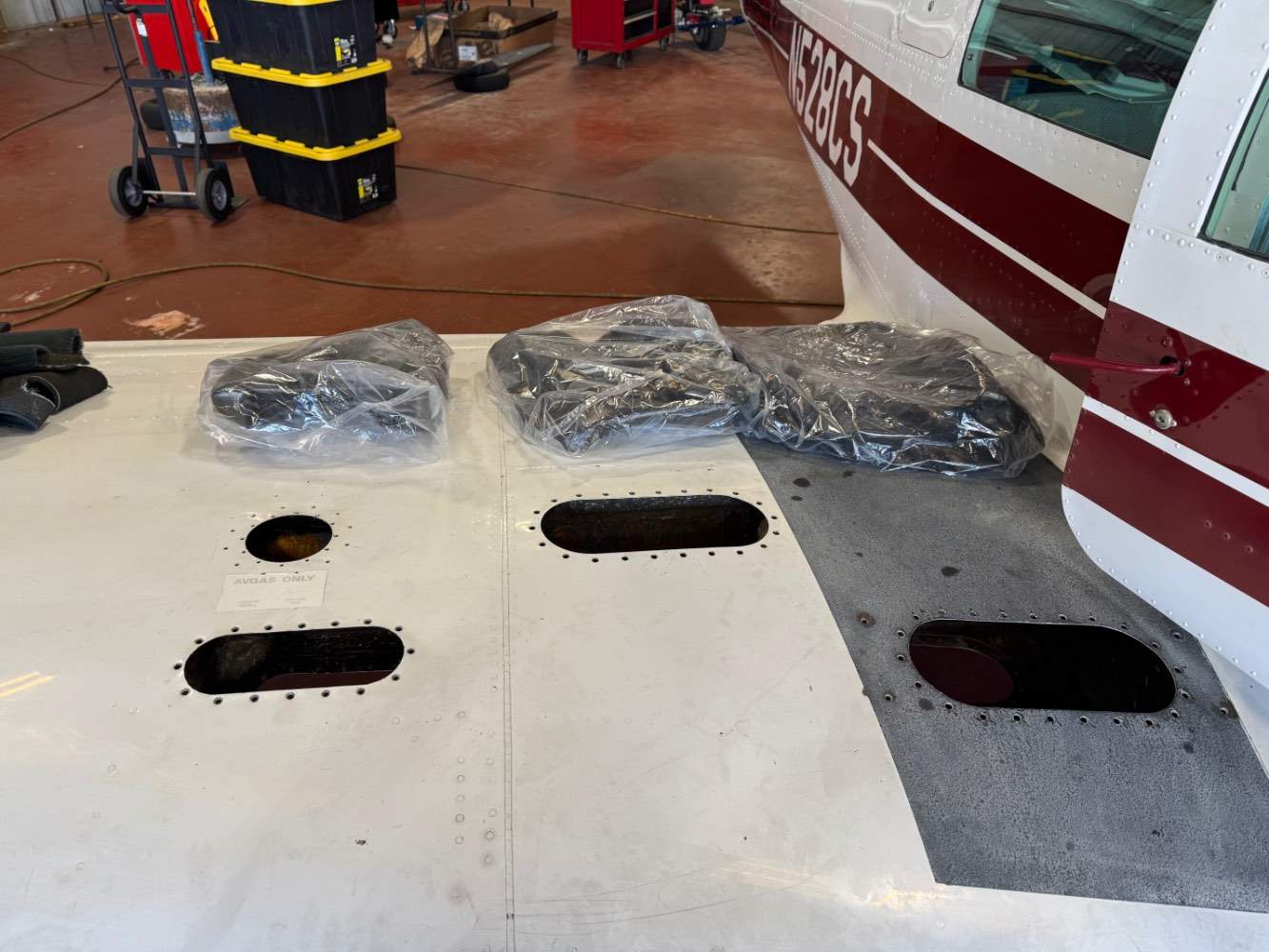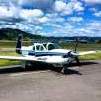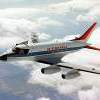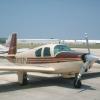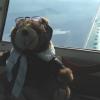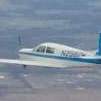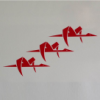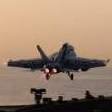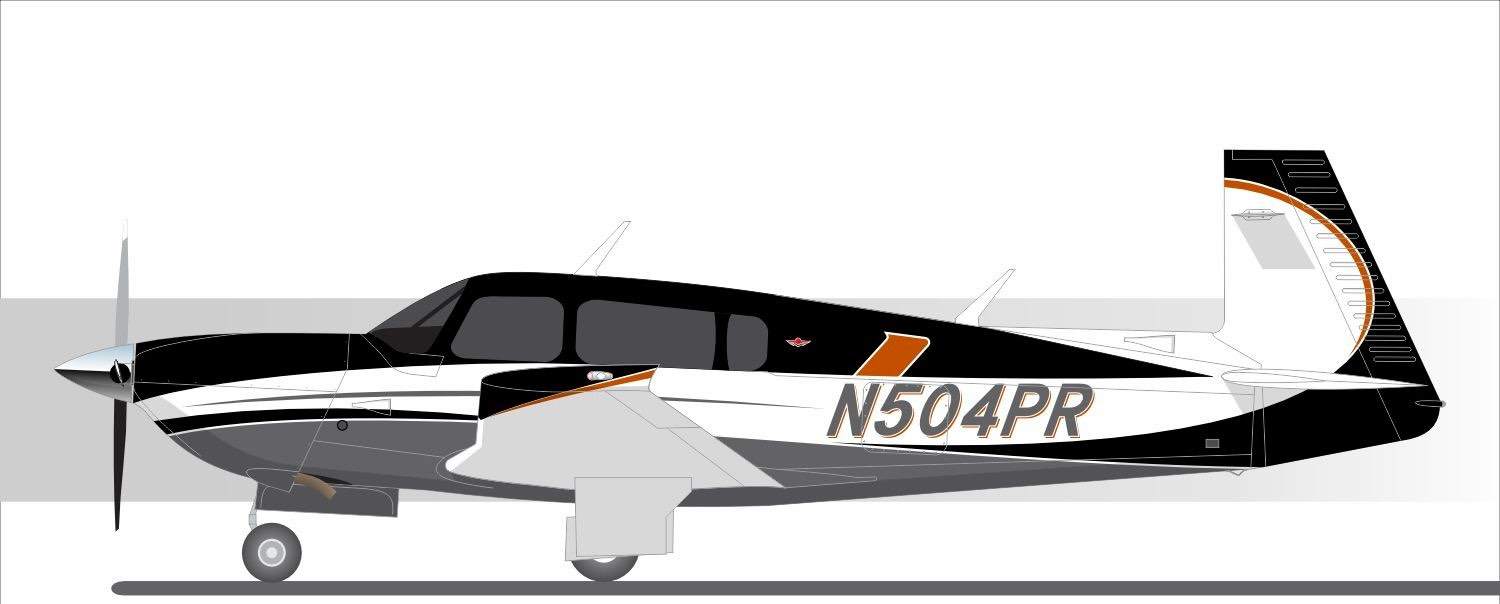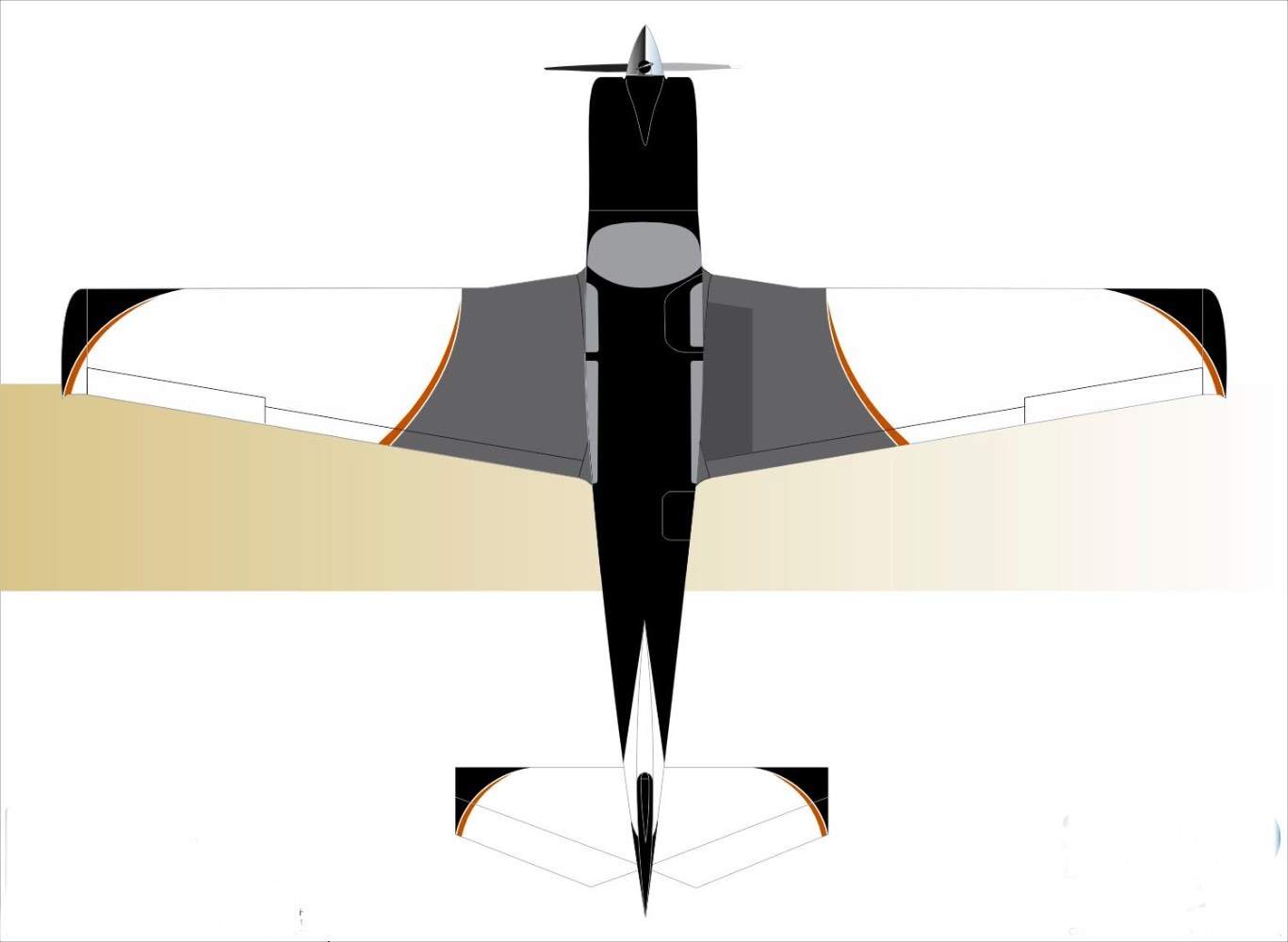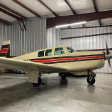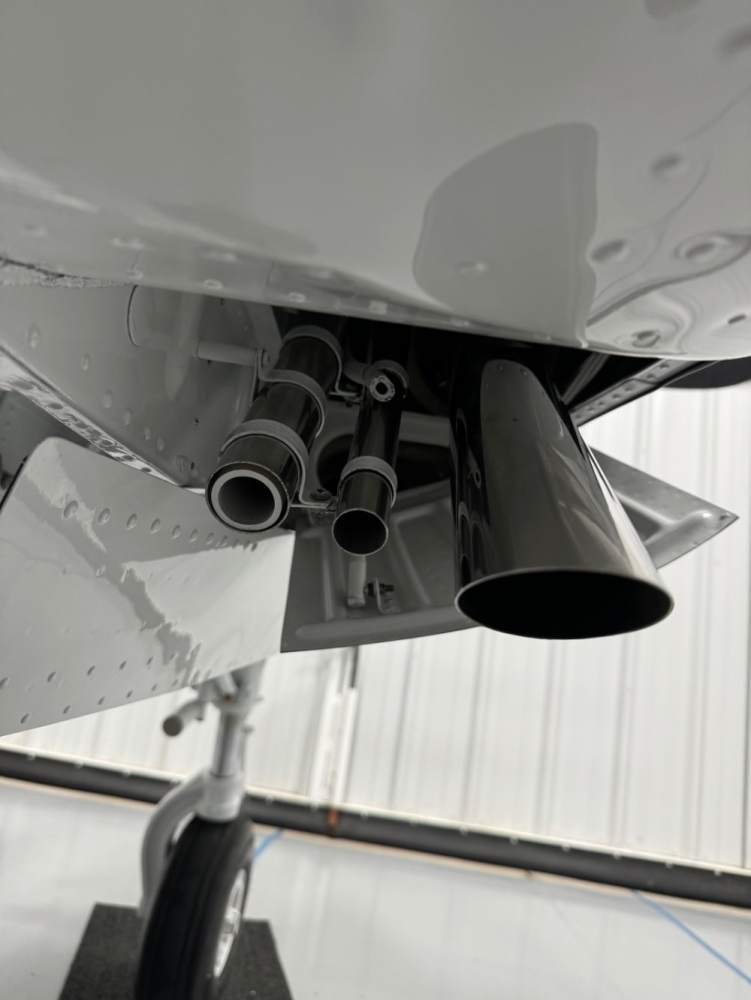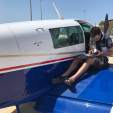Leaderboard
Popular Content
Showing content with the highest reputation on 01/31/2025 in all areas
-
So far so good with my F's bladder install. Access plates removed; vent tubes drilled out and removed; fuel cap adapter ring drilled out and removed; fuel senders removed. Removing the fuel pickup tubes should be next. Several types and layers of sealant built up over the years from patches. More to come...7 points
-
As the tapes come out I notice two things which really stand out to me. 1. The acceptance of visual separation by the helicopter. I guess for helicopters, not unusual but at night? I never accept a visual separation at night. Too easy to call the wrong aircraft or get lost in the lights. Depth perception is also difficult so judging distances and closure rates much more difficult. In this case add in NVG and stir well. 2. One controller, two frequencies. In one tape you can hear the controller talking to both aircraft but you don't hear the Blackhawk. I assume he was on Uniform. Whenever I hear a controller talking on two frequencies, the hair on the back of my neck stands up. I see this often with a controller handling two runways with different frequencies. It should be banned. Everyone should be on the same "party line" with a given controller. It used to be many military aircraft did not have Victor radios but I know that has changed because the size of radios has changed greatly. In airspace like DCA, everyone should be on Victor and on the same frequency if the paths are going to cross.5 points
-
I wonder why the helicopter was allowed to fly across the final approach path of an active runway? If you asked to do that at PHX they would tell you to get lost. Does the military get special exemption from normal rules? I read that at that altitude the city lights wash out any aircraft lights, so visual separation is very difficult at best.4 points
-
Way too many factors here. Before you get into it, you have a few questions that should be answered. 1. What Mission was the helicopter performing? 2. What is their SOP for such flights? 3. Were any/all three crewmembers wearing NVGs? 4. What equipment did they have onboard? 5. What was their experience in the area? Then there are a few facts to make clear. 1. NVGs are easy to see under while flying, not like the old ones that closed off your vision to only the screens. 2. The airplane received a change to land on 33. 3. I used to fly from Fort Belvoir, but we were restricted to IFR only. I am not sure what the rules are these days. The bottom line is that one dumbshit said he had the aircraft in sight, and that he would pass behind it. Instead, he ran into it. You cannot simply pile on more rules that somehow fix 'pilot error'.2 points
-
It is amazing that they allow non-IFR operations to cross short final on a class B airspace. I never thought they would clear someone to do that. Forcing all operations to be IFR within 5 miles and below 2000 AGL of any departure/arrival runway end in a class B airspace makes sense. I'm not sure if 5 miles and 2000 AGL are the best numbers, maybe smaller, maybe larger.... but doesn't make sense at all to have VFR operations messing around in short final to a class B airport.2 points
-
Visual separation on nvgs is tenuous at best even in the same formation of planes flying together. You have zero depth perception until you’re within a few hundred feet (maybe a little farther for a real big plane). You just see a really bright light. Could be 1/2 mile, could be 12 miles. No way to tell.2 points
-
2 points
-
We just got done dealing with the same issue you’ve been dealing with, and it was after a mag overhaul. Many months later, my suggestions to replace the impulse coupling was taken and the problem fixed. The prop kickback is a good sign that maybe your IC spring is losing tension and not retarding the firing (ie. it’s snapping/spinning the mags through before TDC causing a cylinder to light off early and push it towards bottom dead center). Ours was inconsistent in starting issues initially, then became atrocious to start. You can YouTube some good vids like this. Basic, but a nice visual. If you watch this, the retarding occurs by the flyweight getting caught, and the flyweights are set to release at about Top dead center. The Spring tension then spins the mag through at a high rate of speed creating a usable spark for starting. So, if your spring tension is starting to wane, or internal wear in the coupling is letting that flyweight loose too early, you end up where you (and I) are at. Hope this helps.2 points
-
Yesterday about midmorning, when I logged onto Mooneyspace, I would hit the browse button, but no windows dropped down below it. I tried two other laptops with the same result. I could go to the various forums, but no new posts appeared. I tried using the bugs and suggestion forum, and it would allow me to "create a new topic", but would then not open the space for me to type in the information. I texted a couple of guys I know who use MS. (This is a bit of a problem, as the only way I know to contact 99% of you is through MS) They both said they had no issues. Sometime in the evening, everything appeared OK, but only about 2 or 3 new posts appeared in most forums. On a typical day you know there are dozens in most forums. Anyone else having these problems? I can't see how it could be my laptops, and I have difficulty seeing how a network could have this problem.1 point
-
Pete, in my neck of woods, Paine field uses two frequencies for it's two runways (16R/34L=132.95 and 16L/34R= 120.2) and often using one controller when traffic is "light". BFI has the same, however I am not sure how often they use one controller nowadays. They certainly did in the past when I frequent the field. I think it's not that unusual on bigger airport.1 point
-
I will contact a DER and ask the questions and let y'all know1 point
-
Its only good for "your" airplane. The DER has the rights and knowledge and can repeat what he did for others I'm sure for a fee. You have to remember its OPP not for sale to others or other airplanes.1 point
-
After looking at the repair work done on your tanks, no wonder you are putting in bladders.1 point
-
I'm going to add again- If gears are the issue one can always hire a DER and make their own gears. All it takes is $$$$$$$$$$$1 point
-
With the nose wheel off the ground rotate it (like its turning the airplane) to see how much left/right slop there is in the linkages at the top of the nose wheel well Next push it front to back to see if there is lots of play in the big vertical main bushing Next be sure to check tire pressures (low pressure equals shimmy) Read the above SB and check to see if your caster angle is correct. One item not checked by many is the torque of the big vertical bolt that the nose wheel turns on (it passes through the bushing you checked for play above) There is a required torque to be checked every annual that no one does. Be aware the torque value was lowered in a later bulletin than the maintenance manual specifies. Be sure to check this torque Order of events- Check tire pressure and bolt torque (as its up on jacks now) Check left/right steering slop and fore/aft bolt bushing wear. Check the SB and hang a plumb bob as specified to check caster setting. One of these (or several ) will cure your problem.1 point
-
Piper Seneca (TSIO360 like the Mooney 231) has a plate that blocks off 1/3rd of the oil cooler, temperate were still way too low in winter. So we made another plate for the other side and blocked off another 1/3rd and temperatures were reasonable. Cessna 172 has a winterization plate that blocks off about 1/3rd of the airflow into the cowl. Yes, close off all 'outside air' for radio cooling, spraying avionics with damp air is not a good idea. Aluminum tape, or plastic caps on ducting. Some radios have internal fans. Some still need cooling, use an avionics fan (like Mooney 231). Aerodon1 point
-
I live in Minnesota so experience pretty much the same temps as you, although I am in the Twin Cities area so a little warmer but I get up to International Falls in the winter once in awhile. I have a 231, which is turbocharged, and the consequence of that is that I need to be very mindful that the Oil Temp does not fall below 100 dF, which it can do in cold conditions. The turbo bearing needs oil and the space for oil passage is very thin, so the oil must be thin enough to lube the turbo. I always preheat if the temp is below 40 dF. I call my FBO the night before and have them plug the plane in (engine heater). I can start it down to about 20 dF without preheat, but am told that creates unwelcome wear. Below 20 it is pretty hard to get the engine to start and there is a risk of wearing down the battery. I never open the cowl flaps for any purpose in cold temps. Sometimes the East Coast people will jump in and say, oh heavens, what about hot spots! Cold for them is anything below 40. I will take all the hot spots I can get, whether during starting, runup, taxi, or in the air. The problem we both have is that we are around sea level in elevation and the air in winter, especially below about 5,000, is very dense and very cold, making it superior for cooling, which is not ideal for an air cooled engine. I have my A&P install an oil cooler block when it starts to get cold. They have made me a couple, they are just thick foam bound with duct tape that is stuffed into the cooler. Definitely helps with the OT, although it is still possible to get an OT that is too cold. If necessary I will run ROP and as close to the red box as I dare. I attended the GAMI live seminar several years ago. The whole point of LOP operation is to flatten out the power curve during the combustion cycle to avoid a high peak ICT, which is what happens when operating in the red box and what causes high CHT's. They warned that CHT alone is not a good measure of peak pressure in very cold temps, in other words, you can still get the high peak ICTs you don't want even if the CHTs look ok. My normal ROP operation is 125 ROP, I will go as low as 100 in cold temps. I ran my last engine out to several hundred hours past TBO so apparently did not hurt it much if at all with this method. One thing not mentioned is that during cold temp ops it is very important to warm not just the engine itself, but the entire engine compartment. I learned this the hard was practicing fast approaches and landings for an anticipated trip to our local Class B airport. The air/oil separator generates moisture. The moisture all froze, blocking the breather. I got unusual temp readings during a takeoff, returned immediately for landing, and had oil streaks about 18" wide running down both sides of the aircraft. The fix for this is to dawdle before first takeoff, keep the cowl flaps closed, spend about 10 minutes on your checklist and runup. Have not had a problem since that episode many years ago now. I have operated in extremely cold temps because in the 231 I can fly in the flight levels. It is almost always below zero up there. I made a very fast trip from Williston ND to Minneapolis once at 21k with the temp at -54 dF (great tailwind). It was so cold that with the heater and defroster full open, all the windows were frosted and I was operating on instruments. However, I kept the engine amply warm and had no problem other than the cold in the cockpit. I have not used ISO in the fuel for many years, but it is probably a good idea. We have had several discussions on the board about the problem of fuel line freezing at high altitudes. It appears to happen when a plane is fueled on the ground in higher temps and humidity and then is flown in the flight levels in below zero temps, because the fuel at ground level can carry moisture. I have not had any problem fueling around here in MN in the winter and then going up high. That said, there have been a couple of incidents where others have experienced fuel line freeze so I am going back to putting a bottle of HEET in each tank during the winter if a high altitude flight is planned. 1-3% is ok, or so I have been told by the experts. Lastly, if I am flying up to International Falls or some other place that is foolishly cold I always plan ahead. I carry at least a 100' extension cord and call ahead to find out if there is a way to plug in. On occasion I have run a cord from the tarmac through the door or window of a rural airport building to plug in, but many in MN have outdoor plug-ins the same as cars. Need to do this if you want to get back home before spring thaws the plane out.1 point
-
One thing they are saying in the media at least, we shall see what the real scoop is in time, is that there were two controllers in a tower that is meant to be staffed for four controllers. That seems as if it is a huge contributing factor.1 point
-
I'm sure that Maxwell's shop is learning, but the question is still, "Do you want someone who has done 10 or 20 of these jobs, or someone that has done well into the thousands of tanks?" You can be sure you will be happy with Paul Beck's work at Weep No More. .1 point
-
When you start torque wrenching the clamps, Tekton sells a compact one as I recall.1 point
-
I wouldn’t be afraid to schedule with Maxwell, who now does the Monroy STC, but I had scheduled with Paul Beck over a year ago. I didn’t have any unairworthy leaks, but the topcoat was showing up in my sump samples. I went to Weep No More because I have transportation support to MSP from relatives in the area. Paul had me scheduled for 27 Jan, but I delivered the airplane to him early on 8 Jan due to other travel commitments. And the airplane is done already! I am happy, and will be very happy as soon as I can get the airplane back home. Hopefully, mid Feb.1 point
-
Update: found one at Preffered Aircraft Parts. Will be here in three days. $1300….1 point
-
If you're going to do a complete strip and reseal and keep the airplane, get on the list and have Paul Beck at Weep No More or Edison at WetWingologists do it. Those two do them every week and they aren't learning on your airplane. They are each a Mooney flight away.1 point
-
1 point
-
@cliffy I do have those numbers— just making sure yours were defaults. Thanks! -Don1 point
-
You have the Acclaim that used to be owned by Jonny Pollack, CEO of Mooney. I would make sure that the shop you're using really knows how to diagnose autopilot issues, and isn't just throwing parts at it. The likelihood that all of those servos plus the magnetometer have really failed is a very low percentage.1 point
-
1 point
-
Complete with I think 14 dzus per cheek; and 5 rear dzus, 4 front screws and 2 rear screws on the top cowl, right?1 point
-
A very important detail, kind sir is that I have a 1967 M20F, not a C. :-)1 point
-
1 point
-
I received my boots early this week, shipped very quickly and included manufacturing certificate and instruction page for boot replacement. A very pleasant experience all around. Hats off to @M20E for me for a well executed group buy.1 point
-
1 point
-
Turbo is easier. For take off and climb, all three knobs full forward, cowl flaps open to start. This works at all density altitudes as the turbo and waste gate maintain the manifold pressure. You can close the cowl flaps a bit in colder weather, based on CHT. But most times I just leave them open. This assumes a proper system with auto waste gate, like the 252 has. The 231 and aftermarket turbos may require some fine tuning during the take off and climb. Once you accelerate after level off, adjust MP to desired, then RPM, then lean. To learn about leaning, check out the John Deakin Pelican Perch articles on AVWEB. Best is to take the APS course, available online. Pretty much all the Mooney POHs are for high speeds (for marketing) and conventional wisdom at the time. In the 90s, the LOP came forward and is now more the norm. BTW, for break in, you want high throttle settings for high cylinder pressures to seat the rings. If you do not run the engine hard enough, you will develop glazed cylinders. And the only way to deal with that is to pull all the cylinder, re-hone them, and redo the break in.1 point
-
My 2012 Fiat is 1 year or 8000 miles. My 2002 BMW is variable, but starts at 15,525 miles or 1 year. BMW in the 90s used a complex algorithm that took into account miles, RPM, cold starts, etc. They found that the fuel burned gave them almost the same results. So for my 2002 M3, IIRC, it is 600 gallons of fuel burned between changes. Drive sedately and you can go over 15,525 miles. Drive hard and you can get the system to request a change as short as 5000 miles (one crazy guy that believed that red line was the perfect RPM for all operations).1 point
-
While technically not a winning bid from a salvage auction, my very good friend in Texas (Mark Hasse, sadly flew west in 2012, God rest his soul) won a sealed bid from some tiny county in the Carolinas on a '65 310K. All the listing said was something to the effect of "Seized/forfeited aircraft; Cessna 310; locked with no keys; no known records; seized in drug raid; unknown condition, sold as-is, where-is". All interested parties were to send in written sealed bids via US Postal service to the county clerk (in other words, the selling entity wasn't aviation-related at all). Nearly wincing at the potential of offending the county, he sent in a bid for $10,000.00, thinking the IO470 cores would be worth at least double that (this was in the early 'aughts). He then went about his usual business and forgot all about his bid. About 3 months later, he gets a call out of the blue from the "X County Courthouse". He was a retired prosecutor/lawyer at the time, so getting a call from a "county Courthouse" wasn't altogether unusual. He answered and the very nice lady on the other end of the line said, "Mr Hasse, congratulations, you won the bid." "What bid?", he replied. She said, "the airplane that was seized here in South Carolina in the drug raid". He then remembered his sealed bid. She told him he was literally the only bidder. Now to the juiciest parts of any similar aviation auction/sealed bid-related story you'll ever hear: Mark was a consummate A&P/IA and an extremely cunning individual. He flew commercial out to see his "new-to-him" acquisition imposed upon him by the local authorities by virtue of his forgotten-bid (evidently the listing in the aviation auction periodical where he found out about it in the first place wasn't completely accurate, or at least had scared off everyone else because it made everyone think that the aircraft had actually been used in running drugs to and fro and was thus seized during an actual drug raid--it hadn't been and suffered no such fate. It was merely owned by some local idiot who had been caught running drugs elsewhere and this was merely an asset of his). Anyway, back to the story: Mark arrives at the county courthouse to give them his $10,000.00 cashiers check. The nice lady there giving him his bill of sale then tells him "go to the airport and ask for Jed. He'll take great care of you. Thanks so much for helping us out with this nightmare airplane problem." Still thinking he got a complete piece of crap, Mark then hops in his rental car and goes to the airport where the aircraft was sitting on the ramp, still in its "seized state", all locked up without keys or "records". Mark hoped that the old wives-tale about all 1960s-era Cessna locks being identical to unserialized Samsonite luggage locks was true. By damn, it was true. With less effort spent than tying his shoelaces, he was able not only to unlock the cockpit door, he also unlocked both nacelle lockers and guess what was inside? Yep, all records, from new, with fresh annual sign-off and fresh, complete OH on both engines AND props, full-stop--the owner had evidently overspent some of that hard-earned drug running money on his own airplane and had just returned to his local airport from that lengthy, extraordinarily expensive shop visit. Icing on the cake was that the other engine nacelle locker had 4 sets of brand new DC headsets. Remember "Jed"? Well, Jed was the local groundskeeper at this tiny little county airport in the middle of fly-over Carolina and explained to Mark that the county seized all of the owner's property because he was a known, local drug dealer and hadn't paid his property taxes. This was never a "drug seizure" and the aircraft was never involved in anything nefarious. Mark corroborated this with the local FBO guy, too (Mark used his jacks and shop to do his own gear-swing and ferry flight permit inspection to fly it back to his own shop for further eval in TX). My buddy got a great twin that I flew in with him for dozens of hours in later years for about 10% of its market-value, all for responding to a no-pictures, written ad in an auction periodical from some tiny, random county in the Carolinas who truly had no idea a) how to properly list a aircraft for sale; and b) how to determine its true condition and c) literally gave zero effort to even try to unlock the aircraft and find out what was inside. The local sheriff just wanted it gone and the lovely clerk at the courthouse saw to it that it was gone with minimal effort. PS--this story is 100% true, even down to the county waving any and all ramp fees/storage and they even paid a full fuel top-off since Mark was "so nice and pleasant to deal with". With ode and respect to my great friend Mark Hasse, Rockwall, TX. A true gem, if there ever was one on this planet. May he rest in peace.1 point
-
I flew again to the pacific coast of el salvador. On my way there I overflew a volcano. What did i find in the crater? A lake!! Sent from my iPhone using Tapatalk Pro1 point
-
1 point
-
Yuup! Every time someone asks why I put up with Kalifornia, I just step outside in my shorts and t-shirt and enjoy today's 70+ degree weather and clear skies in January1 point
-
Don't use UltraWingwalk! Use Herculiner truck bed liner from the auto parts store. It is the exact same stuff from the same company. It costs 1/3 the price.1 point


